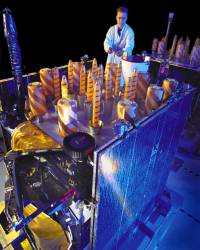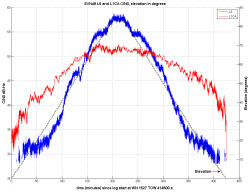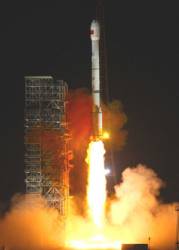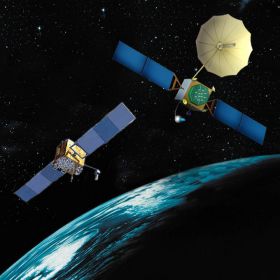Ready, Set, Go! The 2009 European Satellite Navigation Competition is open for ideas
 Galileo Master’s award winners 2008
Galileo Master’s award winners 2008Submit the best idea for a brand new satellite navigation application or device and you just might win the 2009 Galileo Master’s Award – €20,000 in prize money and lots of support to make your idea a reality.
But that’s not your only chance – you can try for one of the eight special topic prizes or one of the 17 different regional prizes, together worth €500,000 in cash and start-up assistance.
The competition began six years ago in Bavaria, Germany, but it has expanded to include many other regions of Europe as well as Australia, Israel, and Taiwan.
By Inside GNSS












